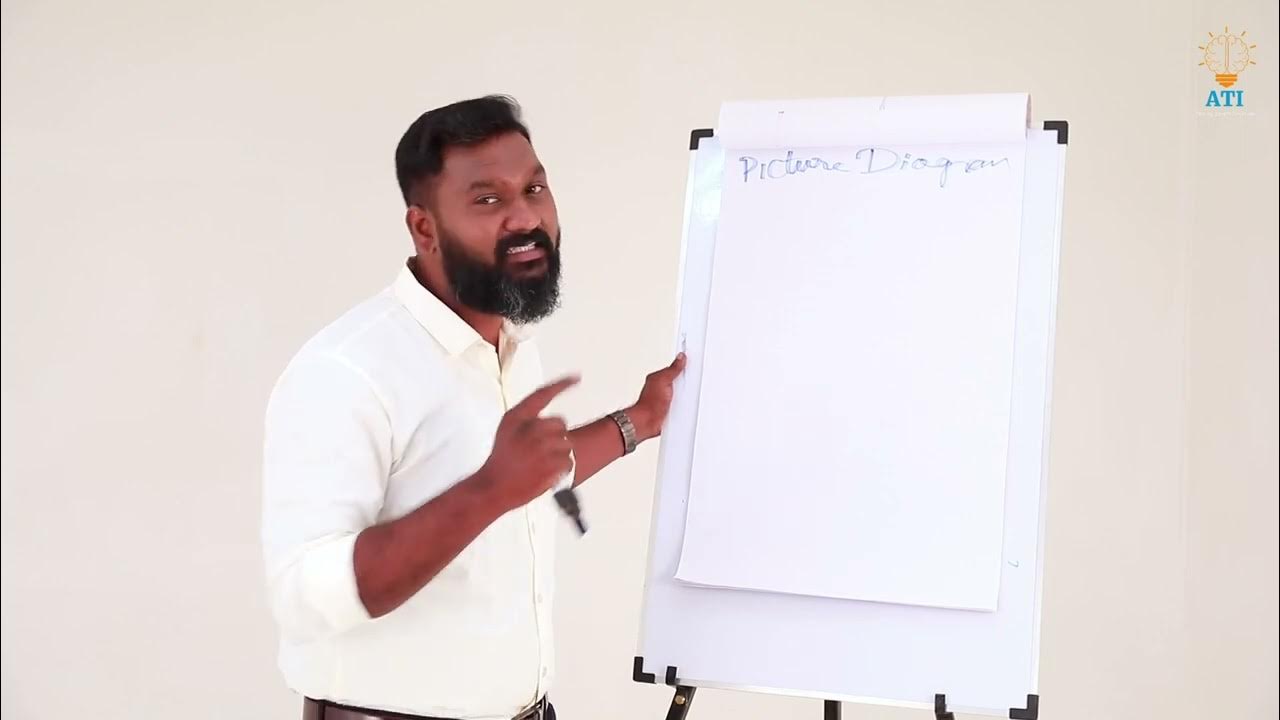How I Developed A Photographic Memory
Summary
TLDRThe video introduces a unique memory system called the 'Xettlecast method,' designed to enhance retention of information by aligning with the brain's natural functions. The creator shares the science behind memory and emphasizes the importance of value, relation, and repetition in cognitive psychology. The system involves writing notes on index cards, personal connections to the information, and visual representation through drawings, which significantly improves memory retention compared to digital note-taking. The method not only boosts memory but also fosters a mindset shift towards continuous learning and knowledge expansion.
Takeaways
- 🔑 The creator of the video developed a memory system to remember everything due to a realization of forgetting information from daily life.
- 🧠 Our brains are naturally good at filtering out useless information, but this system aims to remember what is deemed important rather than what is subconsciously filtered out.
- 📚 The system is based on cognitive psychology research by Dr. Sean Kane, emphasizing the importance of value, relation, and repetition in memory retention.
- 💡 Value is determined by our brain based on the usefulness of information in our lives, and strong emotions can bias our memory towards retaining certain events.
- 📈 Relating new information to oneself consciously impacts the subconscious, making the information more likely to be remembered.
- 🎨 The memory system involves writing notes on index cards, personalizing the information, and drawing a picture to aid visualization and retention.
- 📝 The 'Xettlecast' method builds on the 'Zettelkasten' method by incorporating cognitive memory research and creating a more effective memory retention technique.
- 📑 The process involves three steps: information translation, personal connection, and representation through drawing on index cards.
- 👀 The physical nature of the system allows for repeated exposure to the notes, enhancing memory through frequent revisiting of the cards.
- 🌱 The system has led to a mindset shift, creating a drive to learn more and gamifying the expansion of knowledge through the growth of the note stack.
- 🌟 The creator attributes significant personal growth and learning over the past two years entirely to this memory system.
Q & A
What was the main problem the speaker faced with their memory?
-The speaker realized they were forgetting everything they learned, and nothing from their daily experiences was being remembered.
What did the speaker create to combat their memory issues?
-The speaker created a memory system to remember everything, which they have been following religiously for an entire year.
According to the speaker, why do our brains not remember every detail of our lives?
-Our brains have evolved to forget useless information because retaining every detail is not necessary for survival and would be overwhelming.
What are the three key factors that the speaker says our brains use to decide what information to remember?
-The three key factors are value, relation, and repetition.
How does the speaker define 'value' in the context of memory?
-Value is determined by the usefulness of the information in our lives, often influenced by our emotions and personal connections.
What is the significance of the 'Zettelkasten method' mentioned in the script?
-The Zettelkasten method is a system of writing notes on small pieces of paper, which the speaker uses as a basis for their improved memory system.
What are the three rules of the speaker's memory system?
-The three rules are simplicity, personal connection, and benefiting from human-specific memory biases.
What are the key concepts behind the speaker's memory system?
-The key concepts are information, translation, and representation.
How does the speaker suggest one should write notes for their memory system?
-The speaker suggests writing notes on index cards, making them personal and informal, adding a personal connection, and drawing a picture to represent the information.
What unexpected benefit did the speaker experience from their memory system?
-The speaker experienced a substantial mindset shift towards new information, creating a drive to learn more and gamifying the expansion of knowledge.
How does the speaker's memory system differ from simply jotting down notes?
-The speaker's system involves a more intentional and personal process, which includes writing on physical cards, adding personal connections, and drawing representations, leading to better retention.
Outlines

This section is available to paid users only. Please upgrade to access this part.
Upgrade NowMindmap

This section is available to paid users only. Please upgrade to access this part.
Upgrade NowKeywords

This section is available to paid users only. Please upgrade to access this part.
Upgrade NowHighlights

This section is available to paid users only. Please upgrade to access this part.
Upgrade NowTranscripts

This section is available to paid users only. Please upgrade to access this part.
Upgrade NowBrowse More Related Video

Picture Diagram

How to Remember Everything For the Rest Of Your Life

Want to learn better? Start mind mapping | Hazel Wagner | TEDxNaperville

How I Remember Everything I Read – Using Spaced Repetition & Active Recall

How to Develop a Photographic Memory in 7 Days 🔥

O SEGREDO Para Lembrar de Tudo (E Nunca Mais Esquecer Nada)
5.0 / 5 (0 votes)